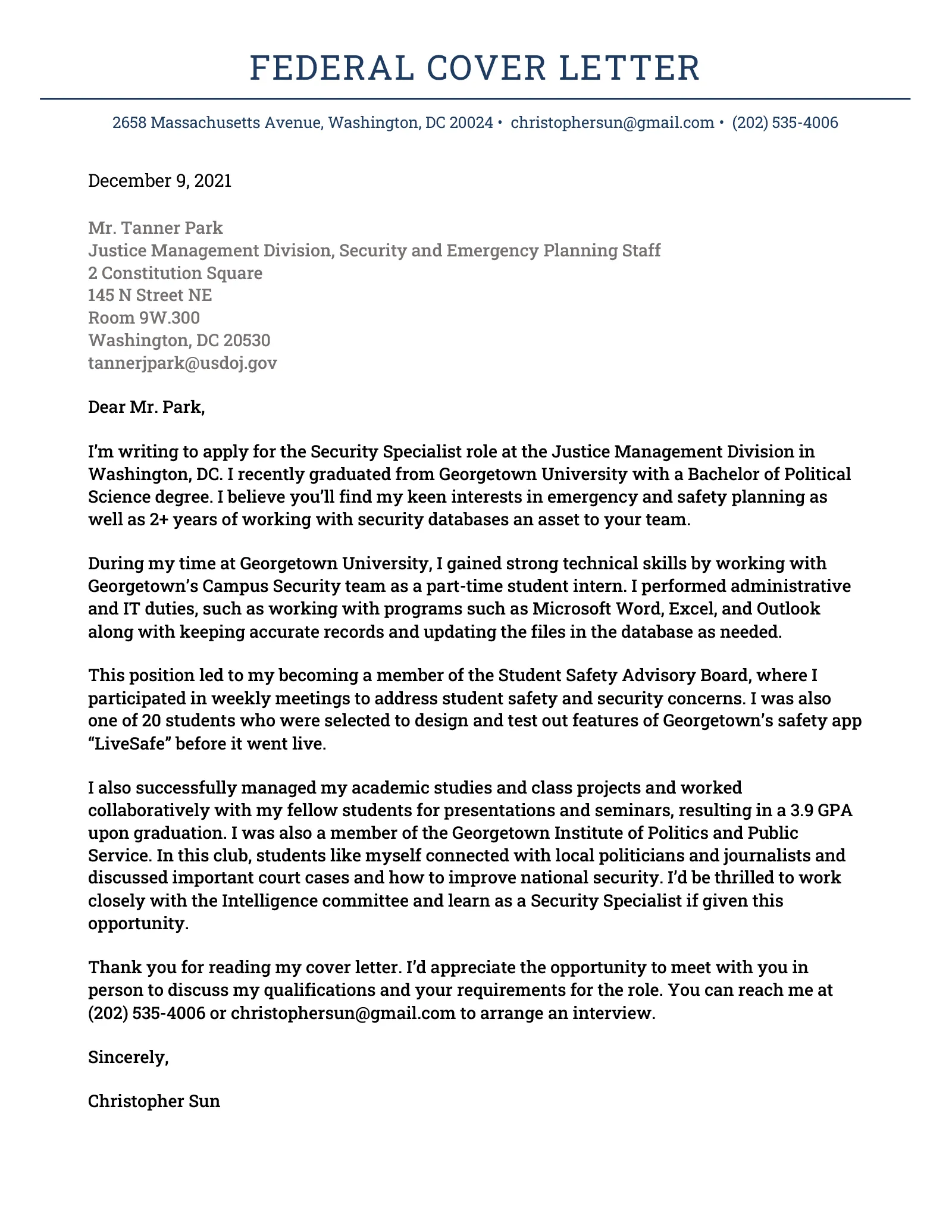Understanding Government Job Cover Letters
A cover letter is a crucial document when applying for government jobs. It serves as your introduction, giving you the opportunity to showcase your qualifications, skills, and enthusiasm for a specific position. Unlike a resume, which provides a comprehensive overview of your work history, a cover letter allows you to personalize your application, demonstrating how your unique attributes align with the requirements of the job. It’s your chance to make a strong first impression and convince the hiring manager that you’re the ideal candidate. Many applicants fail to give their cover letter the attention it deserves, treating it as a mere formality. However, a well-crafted cover letter can significantly increase your chances of getting an interview, setting you apart from other applicants and highlighting your understanding of the role and the government agency’s mission. It’s also an excellent opportunity to address any potential gaps in your resume or explain why you’re transitioning careers.
Key Components of a Cover Letter
A compelling cover letter comprises several essential components. Each section plays a crucial role in effectively communicating your qualifications and suitability for the role. By understanding and incorporating these elements, you can create a persuasive cover letter that captures the attention of hiring managers and increases your chances of securing an interview. The following sections should be present in your cover letter.
Header and Contact Information
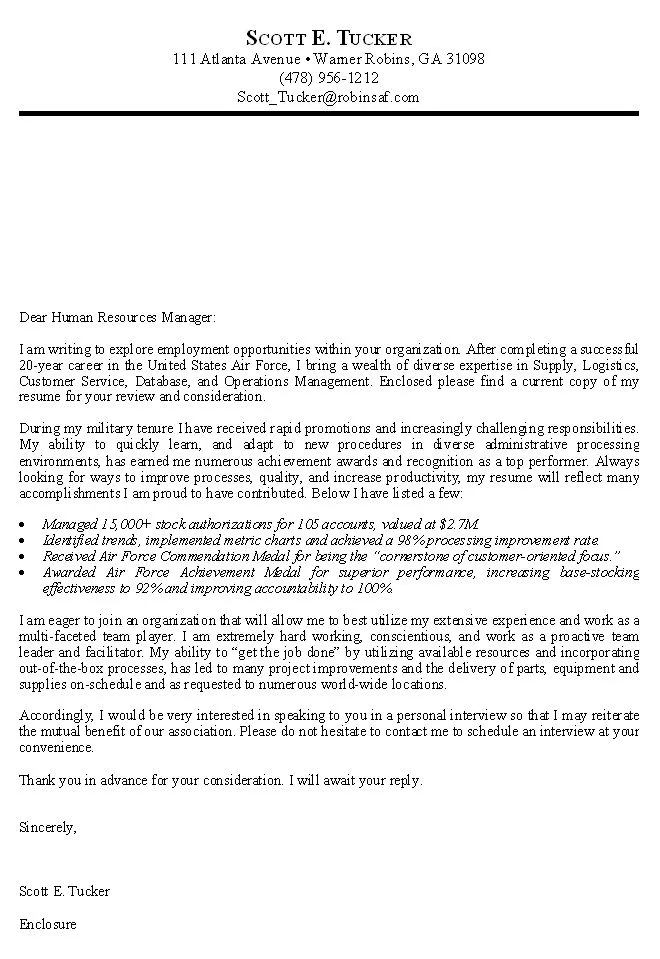
The header should include your full name, address, phone number, and email address. Make sure the contact information is accurate and professional. This information should be aligned to the left. It’s also common practice to include the date and the hiring manager’s or department’s name and address at the top, aligned to the left or the right, depending on your formatting preferences. Ensure your email address is professional; avoid using nicknames or informal language. A clean and organized header sets a professional tone from the outset and makes it easy for the hiring manager to contact you.
Salutation
The salutation is your opening greeting. If you know the hiring manager’s name, use it; ‘Dear Mr./Ms. [Last Name]’ is appropriate. If you are unsure of the hiring manager’s name, you can use ‘Dear Hiring Manager’ or ‘Dear [Department Name] Hiring Team.’ Avoid generic greetings like ‘To Whom It May Concern,’ as they come across as impersonal. A well-chosen salutation immediately establishes a sense of connection and shows that you’ve taken the time to personalize your cover letter. Doing a little research to find the name of the hiring manager is often a wise investment of your time.
Body Paragraphs
The body paragraphs are where you detail your qualifications and demonstrate your fit for the job. This section is typically composed of several paragraphs, each serving a specific purpose in conveying your value to the employer. Structure these paragraphs strategically to maintain the reader’s interest and clearly articulate your key strengths. Here’s how to structure them:
First Paragraph: Grab Attention
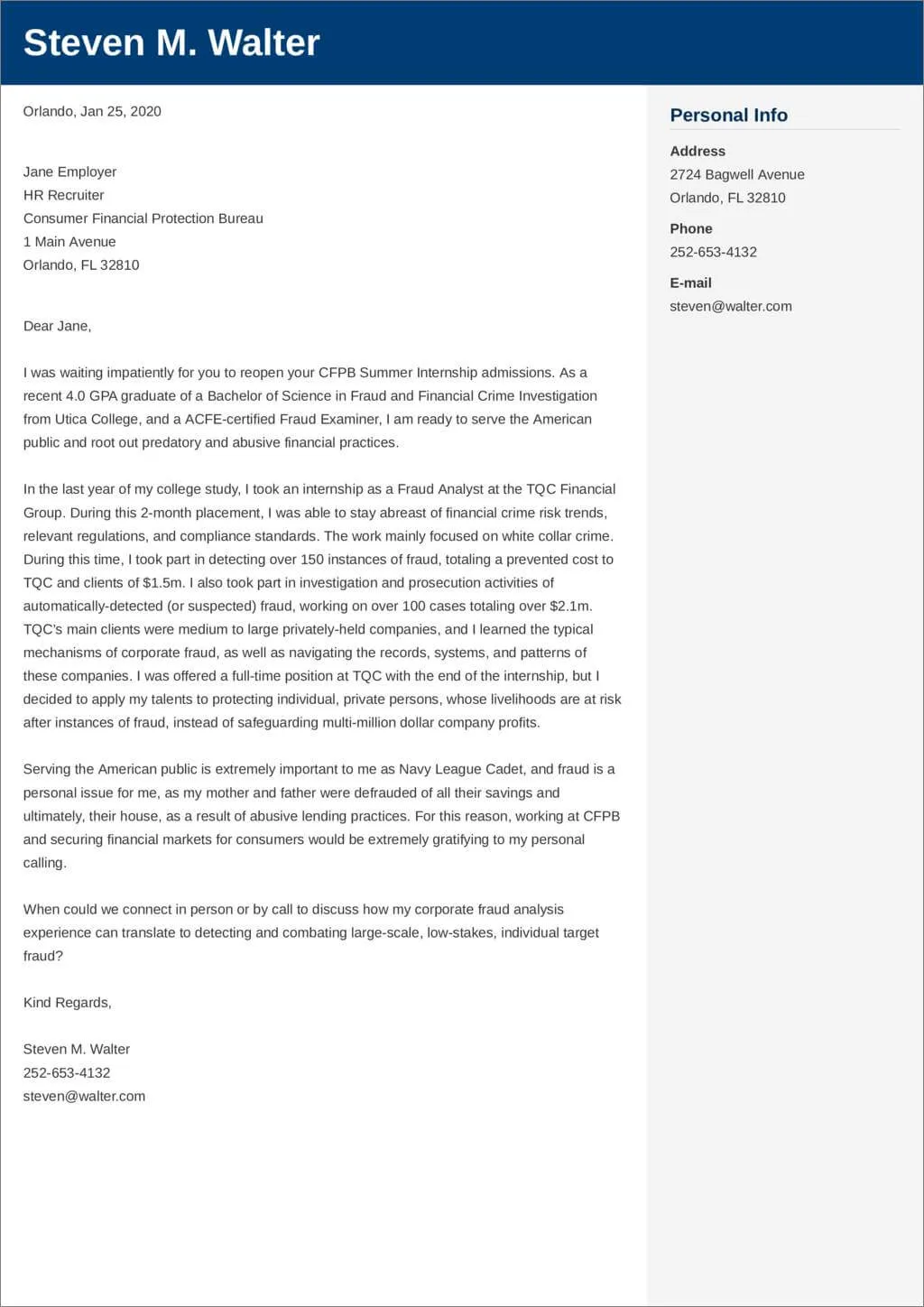
Start with a strong opening statement that immediately grabs the reader’s attention. State the specific position you are applying for and how you learned about the opportunity. You can also briefly mention what excites you about the role or the agency. Avoid generic opening lines. Instead, aim to express your enthusiasm and clarify your interest. This first paragraph sets the tone for the rest of your letter, and it must be engaging. A compelling beginning increases the likelihood that the hiring manager will continue reading.
Second Paragraph: Highlight Skills and Experience
This is where you showcase your relevant skills and experience. Carefully review the job description and identify the key requirements. Then, provide specific examples from your past experiences where you demonstrated those skills. Quantify your achievements whenever possible by including metrics or data to demonstrate the impact of your work. If the job description mentions skills such as “project management” or “data analysis”, then be sure to provide specific examples. For example, mention how you managed a project that increased efficiency by a certain percentage or analyzed data that improved decision-making. Tailor your examples to the specific requirements listed in the job posting. This tailored approach will make it clear that you are a good match for the position.
Third Paragraph: Showcase Your Value
In this paragraph, connect your skills and experience to the specific needs of the government agency. Explain why your qualifications make you an ideal candidate for the role and the organization. Describe how your skills and experiences align with the agency’s mission or goals. Show how your contributions would benefit the team or department. Demonstrate a deep understanding of the agency’s work. By showing how your skills and experiences can benefit the organization, you provide a clear reason for the hiring manager to consider you further. Discuss how your unique contributions will enhance the agency’s goals.
Fourth Paragraph: Express Enthusiasm
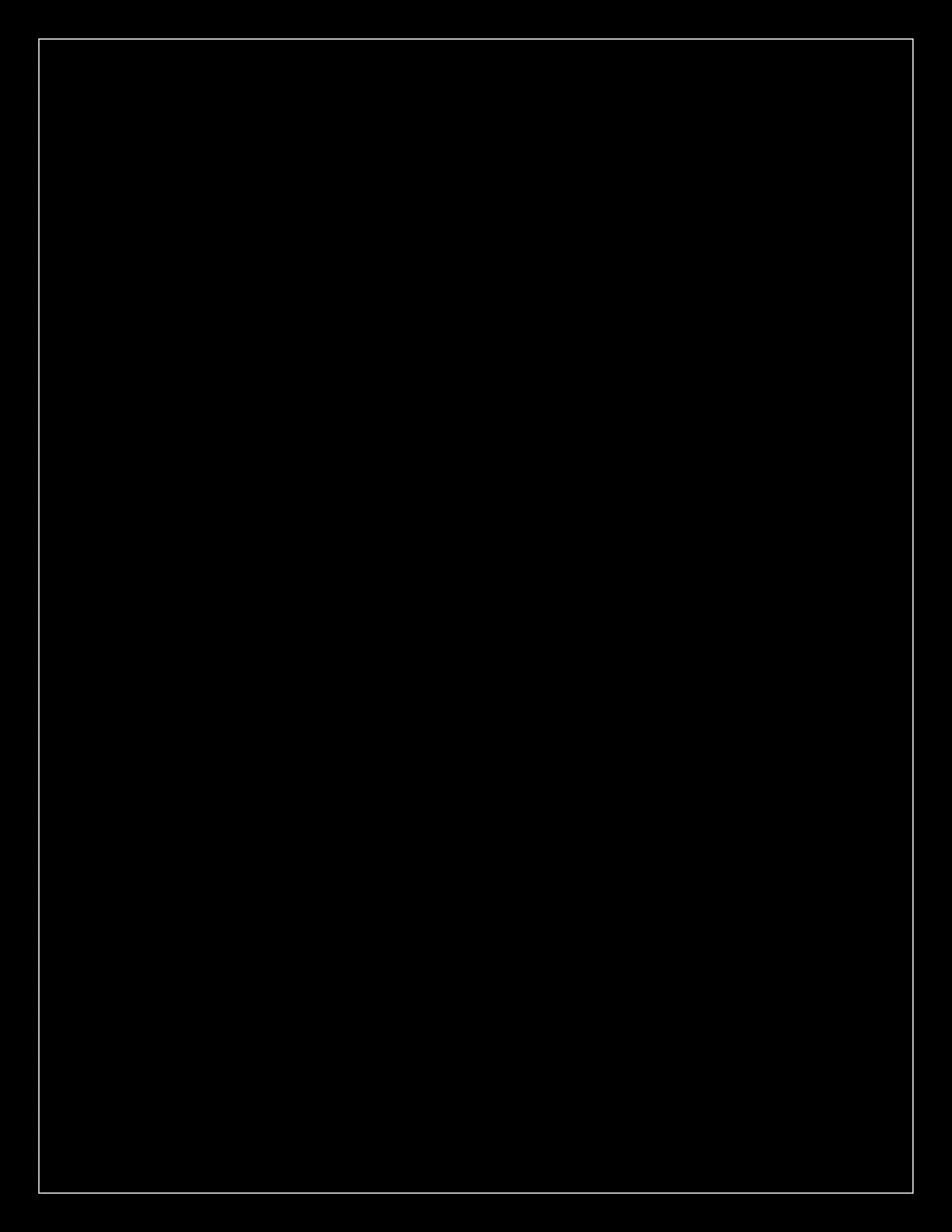
Conclude with a statement of your enthusiasm for the position and the organization. Reiterate your interest and reiterate why you’re a good fit. Express your eagerness to contribute and the agency’s mission. Thank the hiring manager for their time and consideration and state your willingness to be interviewed. Include a call to action, such as, ‘I am eager to discuss how my skills can benefit your team.’ This final paragraph should reinforce your overall interest and leave a positive impression. End your cover letter on a positive note.
Closing and Signature
Use a professional closing, such as ‘Sincerely,’ ‘Best regards,’ or ‘Thank you.’ Follow this with your typed name. If submitting a hard copy, leave space for your signature above your typed name. Keep your closing concise and professional. Make sure your name is clearly visible. Use a font that matches the body of your cover letter.
Formatting Your Cover Letter
Proper formatting is essential for making your cover letter easy to read and visually appealing. A well-formatted document shows attention to detail and professionalism, making a positive impression on the hiring manager. Here are some key formatting considerations:
Font and Style
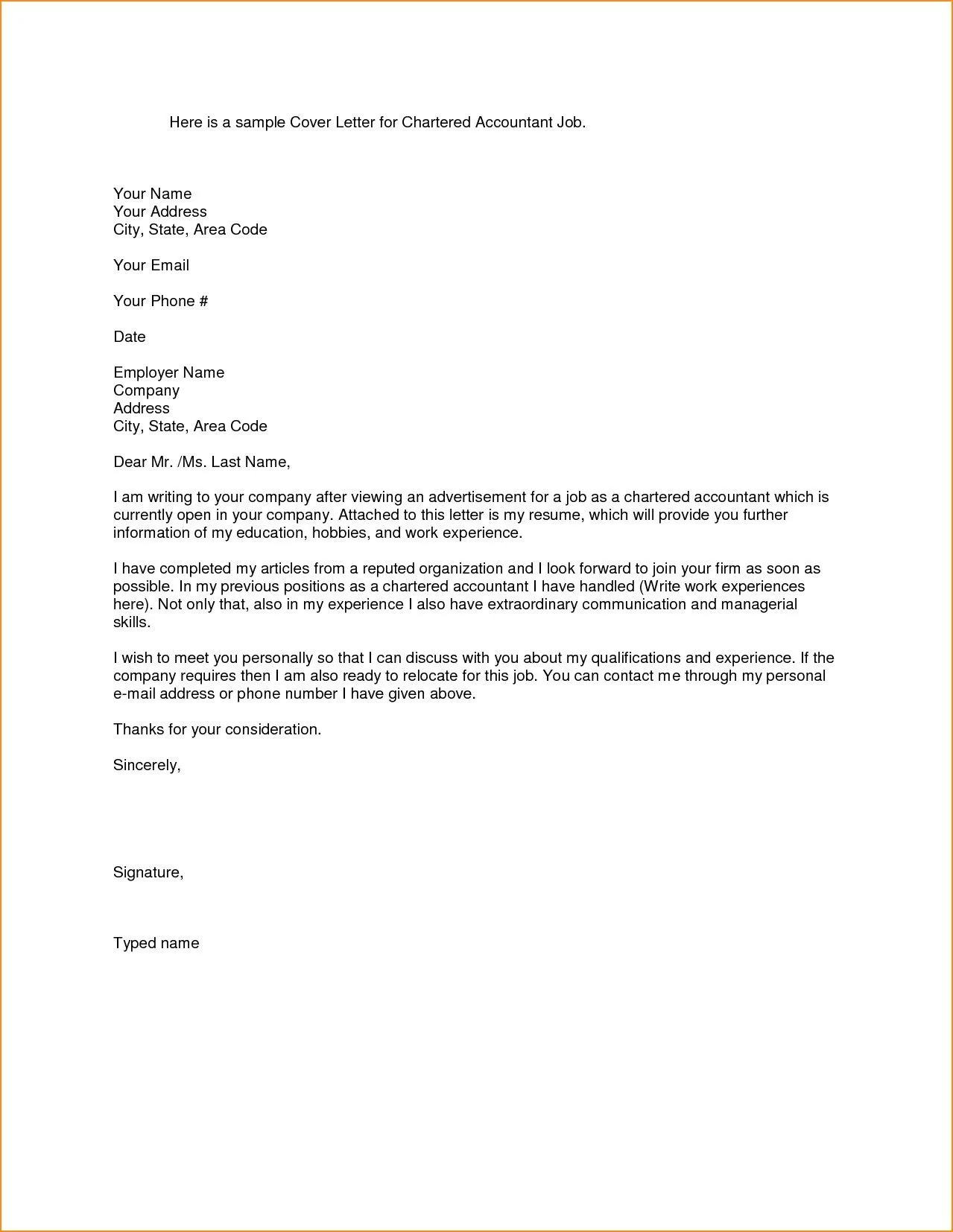
Choose a professional and easy-to-read font, such as Times New Roman, Arial, or Calibri. Use a font size between 10 and 12 points. Ensure consistency throughout the document; avoid using multiple fonts. Maintain a consistent style for headings and subheadings. Your formatting choices reflect your professionalism, so take care to ensure they are appropriate.
Page Margins and Length
Set margins to at least one inch on all sides. This provides ample white space, making the document easier to read. Keep the cover letter concise, aiming for one page. Only include essential information. If the job posting requires more information, provide it, but be as clear and succinct as possible. A one-page cover letter keeps the reader engaged.
Proofreading and Editing
Before submitting your cover letter, proofread it carefully for any errors in grammar, spelling, and punctuation. Typos and grammatical errors can undermine your credibility. Read the document aloud to catch errors. Have someone else review your cover letter. A fresh pair of eyes can often spot mistakes that you might miss. Consider using grammar and spell-check tools. Ensure all the names and addresses are correct. Proofreading is essential to demonstrate professionalism.
Common Mistakes to Avoid
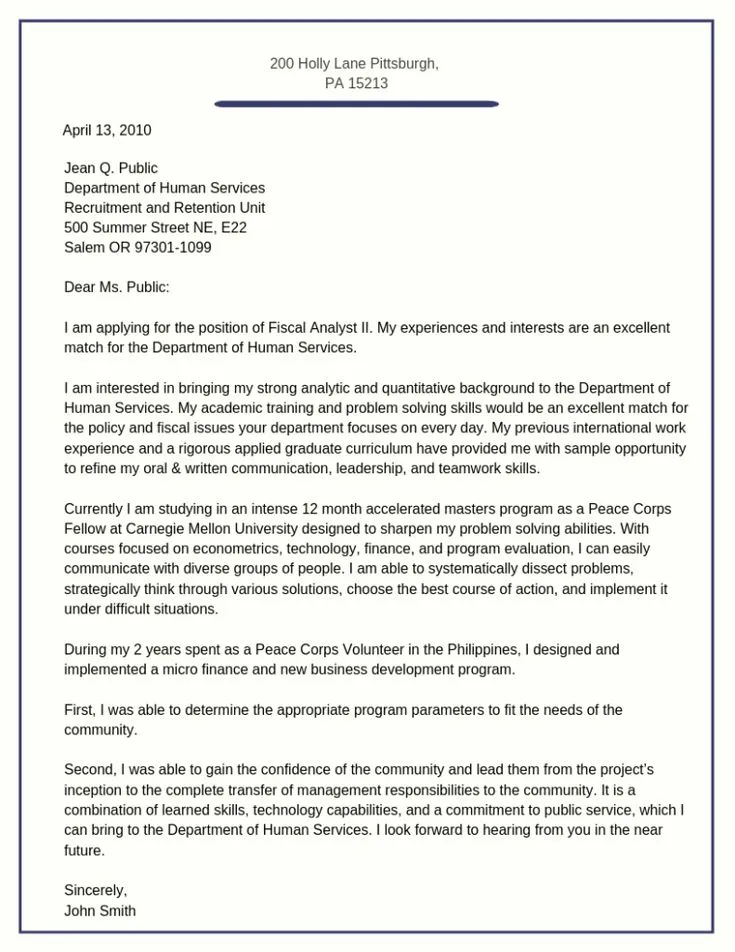
Avoiding common mistakes is essential to writing an effective cover letter. These pitfalls can damage your chances of getting an interview. By being aware of these errors and avoiding them, you can significantly increase your chances of making a positive impression. Here are some common issues to avoid:
Generic Cover Letters
Do not use a generic cover letter that you send to every job application. Government agencies want to see that you understand the specific requirements of the role and organization. Instead, tailor each cover letter to the specific job and agency. Research the agency’s mission, values, and recent activities, and reference these in your letter. A personalized letter shows the hiring manager that you’ve done your homework and are genuinely interested in the position.
Typos and Grammatical Errors
Typos and grammatical errors can create a negative impression and show a lack of attention to detail. Proofread your cover letter carefully before sending it, and consider using grammar-checking tools. A well-written cover letter demonstrates professionalism and attention to detail, both of which are essential qualities for government jobs. Always check and double-check all spelling and grammar.
Not Tailoring to the Job
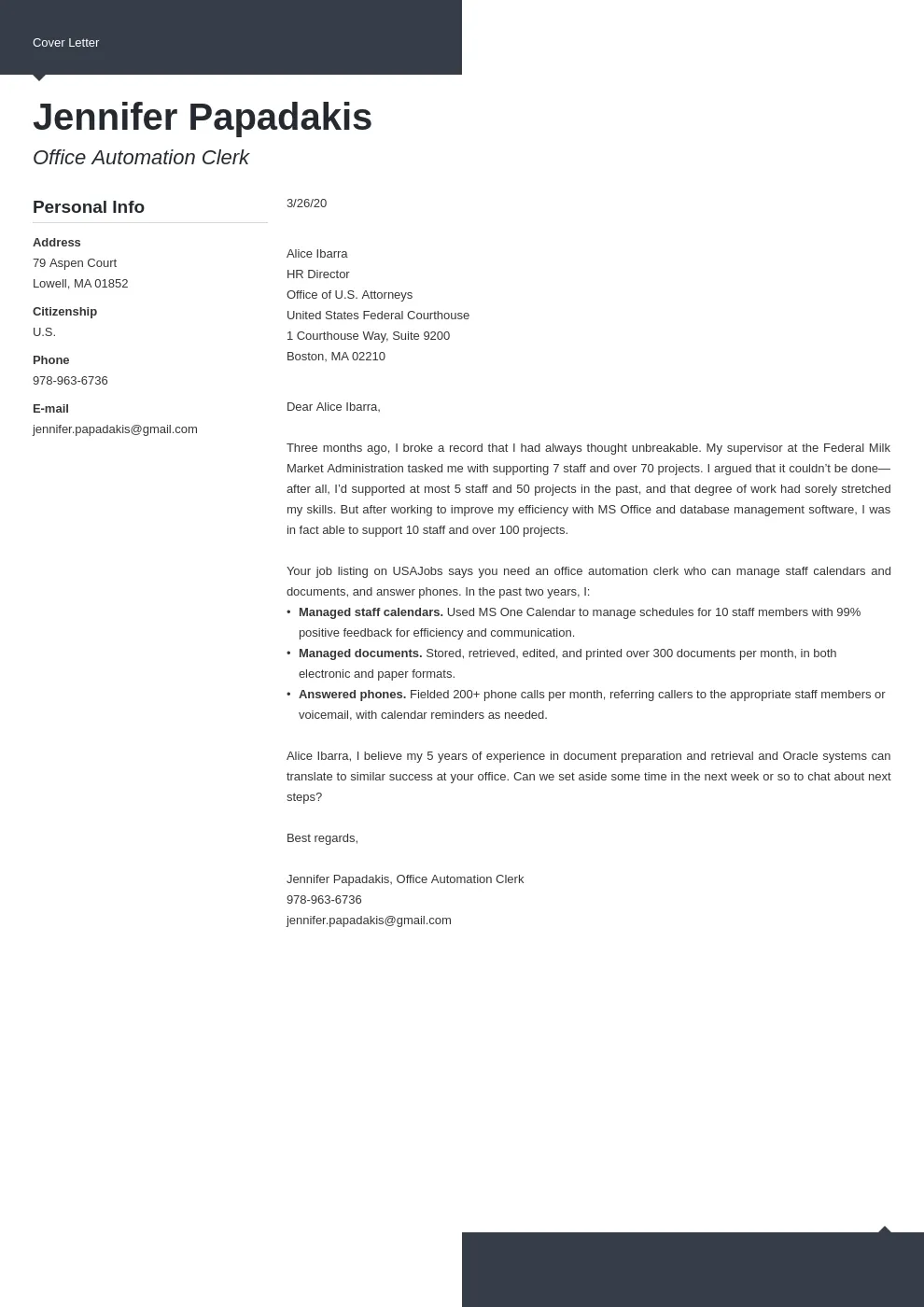
Do not simply rehash your resume; instead, tailor your cover letter to highlight skills and experiences relevant to the specific job description. Use keywords from the job posting to demonstrate that you understand the role’s requirements. Provide specific examples that showcase how you meet the qualifications. Tailoring your cover letter shows that you understand the job and are a good fit for the position. Review each job description, and update your cover letter accordingly. This is a time-consuming process, but the investment can pay off.
How to Apply for Government Jobs
Understanding the application process is just as important as writing a great cover letter. Government job applications often involve specific procedures and requirements, so understanding these steps will ensure your application is considered. Here’s a guide to the application process:
Finding Job Openings
Start your job search by visiting the official government job boards. USAJOBS is the primary source for federal government positions. Many state and local governments also have their own job boards. Use keywords to search for positions that match your skills and interests. Regularly check these websites for new postings, and set up job alerts to be notified of new openings. Be sure to create a user profile on the appropriate job board to streamline the application process.
Submitting Your Application
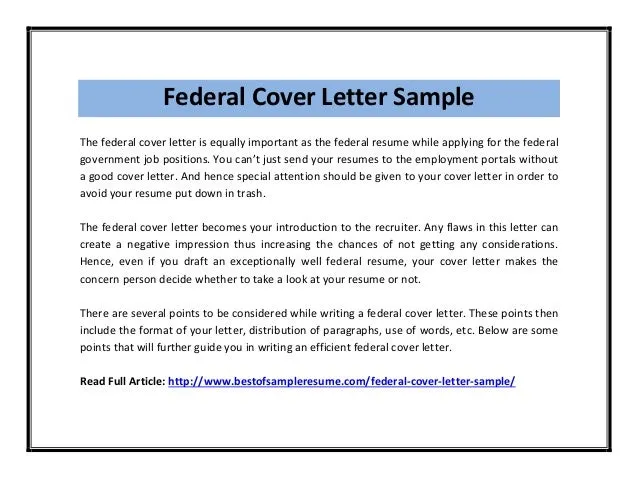
Follow the instructions in the job posting carefully. Pay close attention to any specific requirements for the cover letter, resume, or other documents. Upload your cover letter and resume as required formats, such as PDF or Word documents. Complete any online application forms thoroughly and accurately. If a job requires a specific format, use that format. Double-check all your information before submitting. Once you’ve submitted, review the confirmation to ensure your application went through successfully. Make sure you submit your application before the deadline.
Following Up
After submitting your application, it’s acceptable to follow up with the hiring manager or department, but do so professionally. Send a brief email or make a phone call a few weeks after the application deadline to inquire about the status of your application. Express your continued interest in the position. Be polite and respectful in your communications. If you have not heard back after a reasonable amount of time, send a follow-up email to reiterate your interest. Keep your communication brief and professional. Following up shows that you are proactive and interested.
